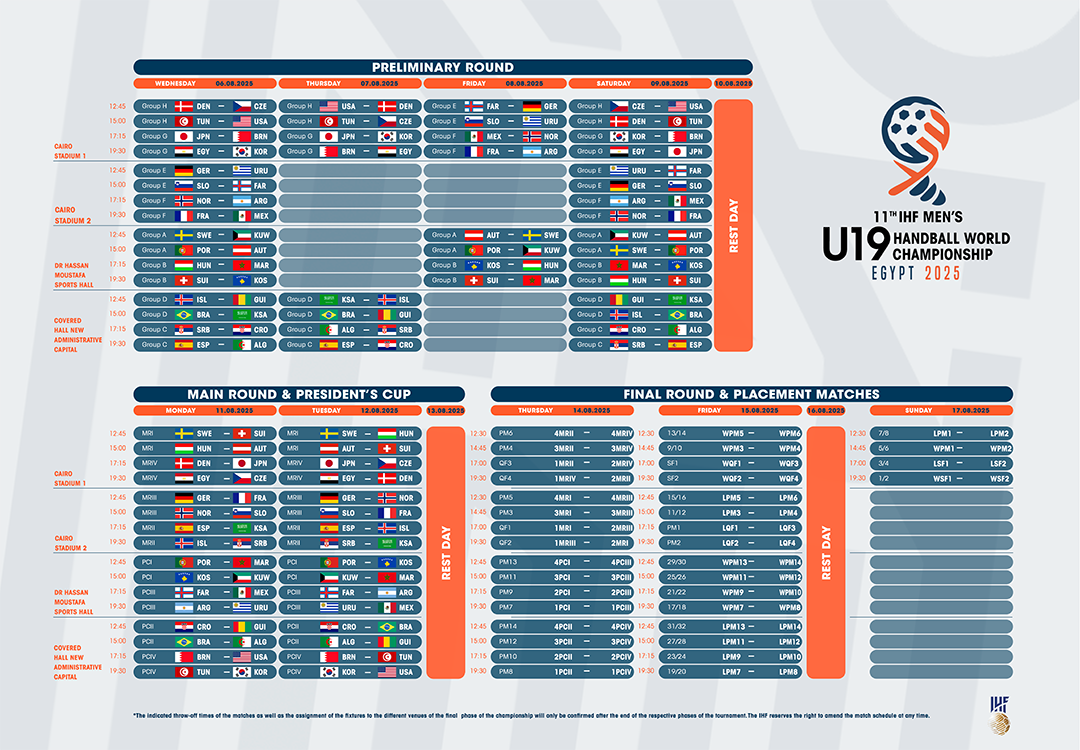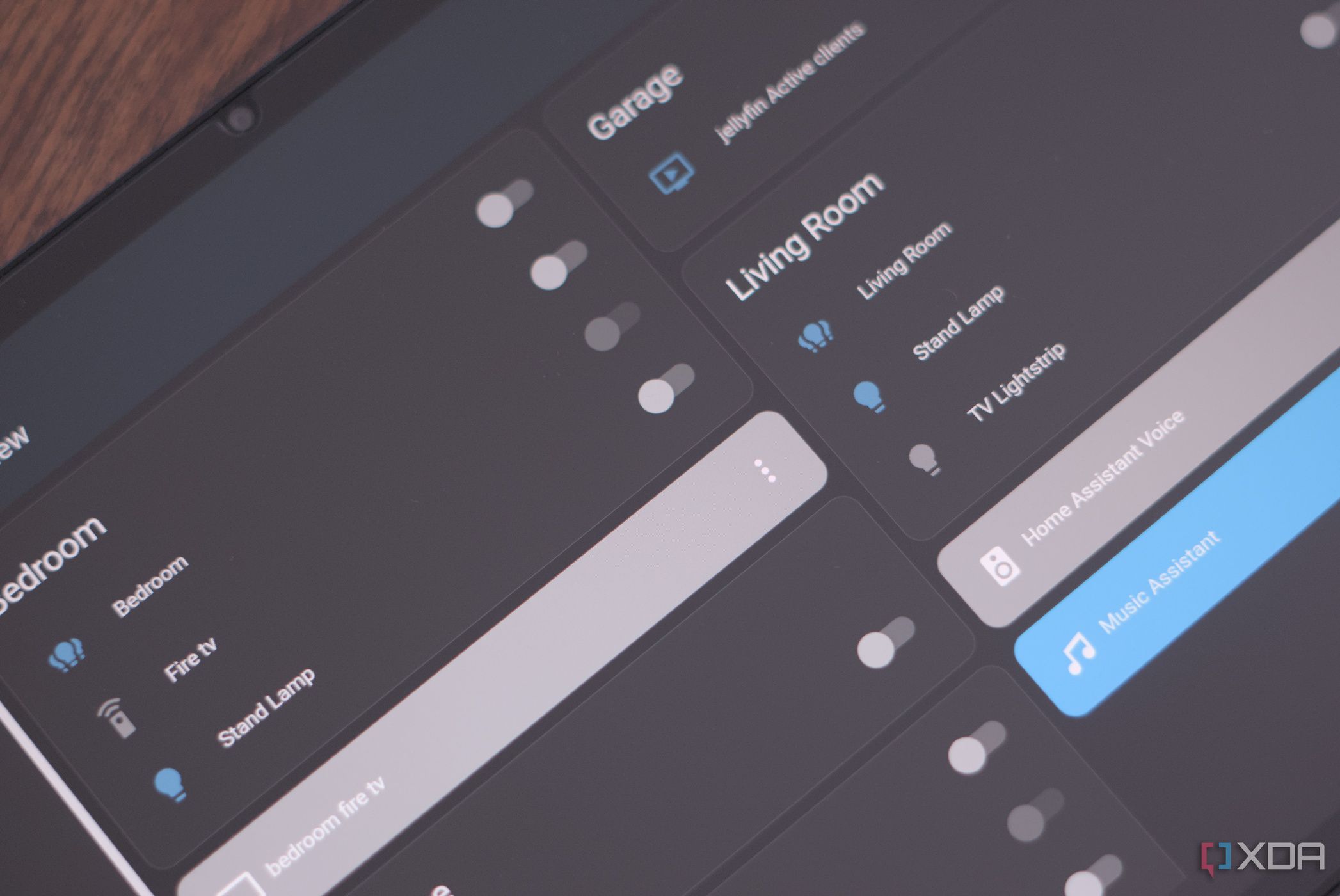KARACHI:
A five-year ban has been imposed on the former agent of Pakistani stars, Mughees Ahmed Sheikh, in connection with a corruption case in England. An independent anti-corruption tribunal of the ECB (England and Wales Cricket Board) has sentenced him for allegedly offering a bribe to a coach, which he has denied, indicating that he may pursue legal action.
Details reveal that Mughees Ahmed Sheikh was the head of the International Cricketers Association (ICA), representing players in the past such as Saim Ayub, Aamer Jamal, Mohammad Wasim Jr, Abdullah Shafique, Kamran Ghulam, Mohammad Hasnain, Naseem Shah, Nauman Ali, Sahibzada Farhan, Sajid Khan, Shadab Khan, Sufiyan Muqeem, Imam-ul-Haq, Mohammad Haris, Sarfaraz Ahmed, Usama Mir, and others.
He also worked with former cricketers like Aaqib Javed, Mohammad Hafeez, Wahab Riaz, Abdul Razaq, Kamran Akmal, Sohail Tanveer, Umar Gul, Saeed Ajmal, and Misbah-ul-Haq.
A few months ago, after investigations by the cricket regulator and hearings in the independent anti-corruption tribunal, he was found guilty of four violations of the ECB Anti-Corruption Code, leading to the suspension of his registration.
Following this, many cricketers distanced themselves from him. The recent decision by the ECB’s Cricket Discipline Commission’s independent anti-corruption tribunal has resulted in a five-year ban for Mughees Ahmed Sheikh, effective from March 26, 2025, with the last 30 months suspended. During this time, he must complete educational programs and maintain proper conduct in the future.
Chris Howard, the director of the cricket regulator, stated that Mughees Ahmed attempted to involve a professional county coach in a corrupt scheme, which could have serious implications for the integrity of cricket in England, Wales, and beyond.
The long ban accurately reflects the severity of this conspiracy, emphasizing that offering, seeking, or accepting illegal financial incentives for selection is unacceptable and a serious blow to the integrity of the game.
He noted that where there are suspicions of corruption, investigations will be conducted to bring the responsible parties to justice. This matter came to light due to the courageous reporting of the affected coach and others, who immediately reported the offer and cooperated fully during the investigation and tribunal process, deserving commendation.
On the other hand, Mughees Ahmed Sheikh expressed his disappointment with the tribunal’s decision, raising serious concerns about the fairness of the process. He stated that the case against him was primarily based on the testimony of a single individual, lacking any corroborative evidence such as messages, financial transactions, or involvement of the affected players or matches.
The tribunal acknowledged that there was no evidence of match-fixing or betting. The allegation was that he offered a coach a share of his commission if the coach selected players represented by him for foreign franchise tournaments. He maintains his innocence, claiming that the allegation is baseless and reflects the vengeful behavior of one person.
He mentioned that all his records, including bank statements and messages on his mobile phone, were thoroughly examined during the investigation, but nothing was found to substantiate the claims. The tribunal prioritized the coach’s statement, despite the fact that the coach has not been associated with any team or franchise since then, raising serious questions about the practical significance of the allegation.
He stated that he has distanced himself from any position or activity within the International Cricketers Association (ICA) and has never been involved in any form of fixing, bribery, or corruption, considering all appropriate legal actions to clear his name.
Meanwhile, sources indicate that many star cricketers had already severed ties with the ICA months ago, and Aaqib Javed, the director of high performance, is no longer associated with the company.
In the past, a former Pakistani captain played a significant role in securing multiple new player contracts with the ICA, encouraging several young cricketers to become represented by the company, and he still holds a high position.
According to sources, the coach making allegations against Mughees is a former South African international cricketer.







